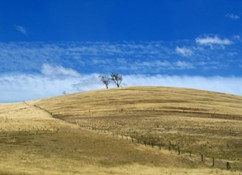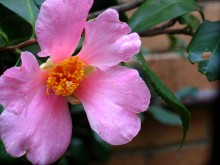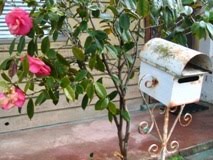General Janvier, North Kivu, Eastern Congo, 2010
Back during my carefree undergrad days, I studied literature as well as art history. The most longstanding result of my dabble in lit has been my continued obsession with Haiti and the Congo, as a result of reading Edwidge Danticat's Krik-Krak and Joseph Conrad's Heart Of Darkness. With both of the obsessions, part of the drawcard is the fact that the countries are far to dangerous for me to ever visit, and I will only ever experience them second hand through documentary photography, and yet more written accounts. They will always maintain a bit of a shroud of mystery and uncertainty, especially with the level of military conflict in the DRC.
So, from this little backstory, it is hardly surprising that Irish-born photographer
Richard Mosse's Quick series instantly appealed to me. Given my love of film photography, and its promise of unusual and unexpected effects, when I fould out that the entiure
Quick series was filmed on
aerochrome, a type of rare, US-government-developed infrared film, I loved it even more.
I think the series is telling as to what we consider to be beautiful, the way percieved beauty alters perceived meaning, and the extent to which someone looking at an image uses aesthetics to excuse objectionable content. At the end of the day, the images are undeniably beautiful. But the juxtaposition between the glorious colour and our knowledge that this is a place of terrir and violence gives them an incredibly unsettling edge, and it is this unsettling of the viewer which makes them so powerful.
Everything merges with the night, on approach to Kinshasa, 2010
Colonel Soleil's boys, North Kivu, Eastern Congo, 2010
Battleground Bambou, Ituri, Eastern Congo, 2010
The trouble with classicists, Kinshasa to Bukavu, DRC, 2010
You made me the thief of your heart, North Kivu, Eastern Congo, 2010
Quick by Richard Mosse found via
Nerdcore.
+of+DSCN2645-pola.jpg)











































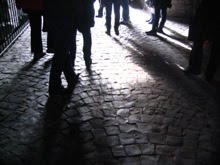



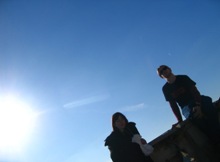








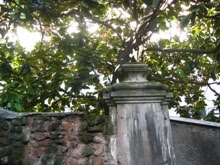

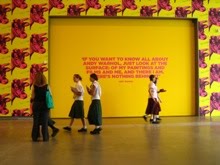.jpg)


